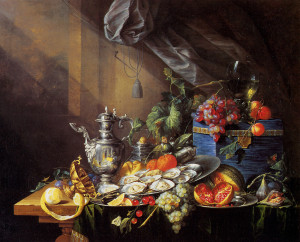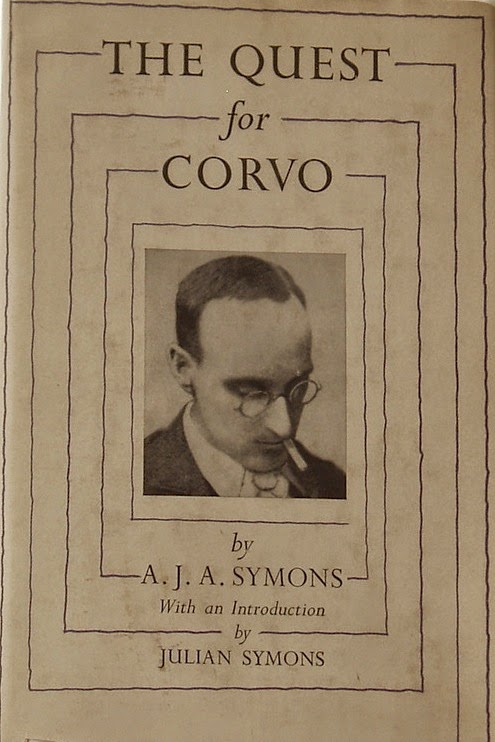How does one know which knife and fork to use when there is an unusually big array at an important dinner ?
No difficulty arises if one remembers that the various knives, forks and spoons are laid in the order in which they will be required, beginning with those on the outside.
When the dinner starts with hors d’oeuvres—those tasty morsels of smoked salmon and sardine, Russian salad and the like—the appropriate silver knife and fork will be placed on the plate. Similarly a fork will be supplied with the plate, or found on the extreme right of the silver, if oysters come first.
Soup is taken with the large spoon found on the right. Next, to the right and left, you will find the fish knife and fork, then a fork, or knife and fork for the entrée, according to its nature. Following will be the large knife and fork for the meat or poultry course, a spoon and fork for the sweet, and finally a knife for cheese.
When dessert is served a small knife and fork will be handed to you with the dessert plate.
Should you by any mischance pick up the wrong knife or fork—or both—do not feel terribly embarrassed. Just ask the waiter quietly for another set when the course arrives for which the utensils were intended.
The dessert course always worries me at a dinner —and generally on that account I refuse it! How should one deal with apples, pears, bananas and so forth?
Apples and pears are held on the dessert fork and peeled with the dessert knife. Then the fruit is cut into quarters, the core removed and smaller portions cut if desirable.
Peaches and similar fruits are held on the fork and skinned with the knife. The fruit is cut into halves, the stone removed with the aid of the knife and fork. Bananas are peeled with knife, cut into pieces and eaten with the fork. Grapes are squeezed into the mouth singly, the skin being kept in the fingers. The fork should be placed to the lips to receive the seeds.
I have noticed that some people use a fork and spoon for the sweet course in a dinner, while other use a fork only. Which is correct ?
Whenever the nature of a dish permits, a fork only should be used. This applies not only to sweets but also to other courses. When the entree, for instance, is a patty or the like, that should be eaten with a fork. A spoon should never be used alone; always use a fork as well, even for such dishes as custard and milk pudding.
With most of the courses of a dinner the procedure is obvious. Others are not so simple to deal with. How should one eat oysters, for instance, or asparagus? Continue reading



